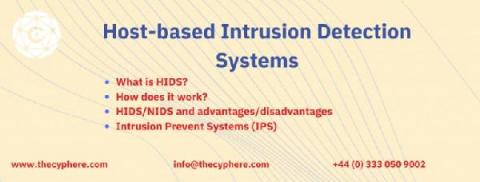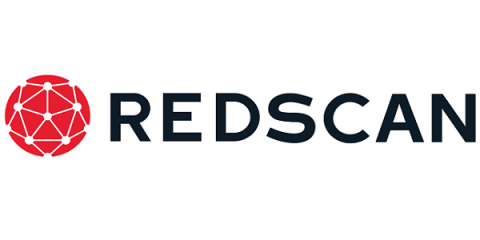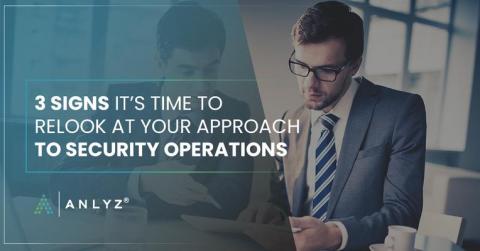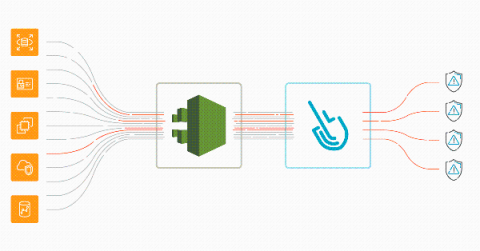Host-based Intrusion Detection System - Overview and HIDS vs NIDS
Although a business appears to make every effort to protect its assets, there is still no security guarantee. Hackers being fully aware of this uncertainty, tend to take complete advantage by tricking users or bypassing restrictions of the technology products in use, allowing them to acquire complete access. Such perils have given rise to the necessity of having a proactive approach towards cyber security to identify, prepare and respond to events.









